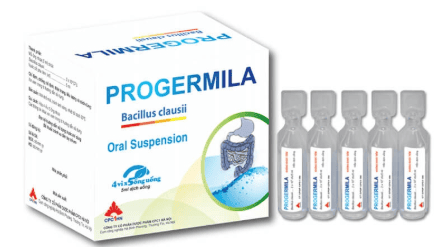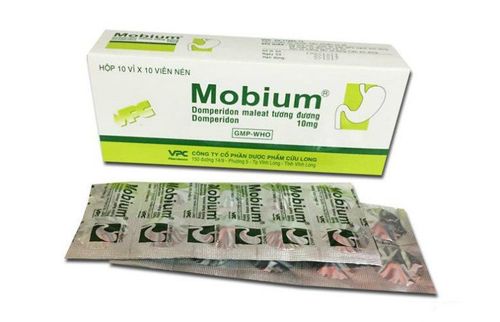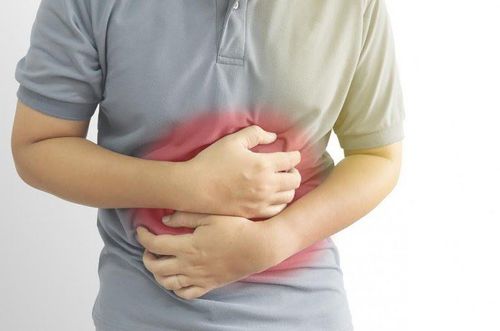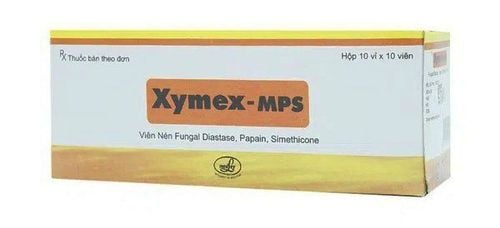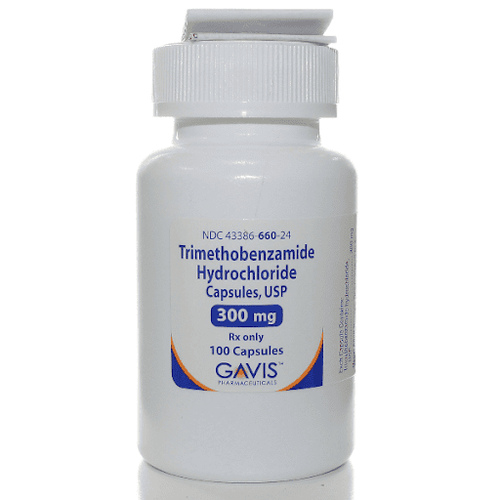This is an automatically translated article.
The article was professionally consulted by Specialist Doctor I Vo Thi Thuy Trang - Department of Medical Examination & Internal Medicine - Vinmec Da Nang International General Hospital.Colorless vomiting, bleeding, or bile can occur spontaneously or intentionally. Vomiting can be caused by many things, and it can be a symptom of many different conditions, from less serious to dangerous.
1. What is vomiting?
Vomiting is a digestive disorder that forcefully expels all or part of the contents of the stomach back up the esophagus and out through the mouth or sometimes through the nose to get out. Vomiting can happen naturally or intentionally. Vomiting can be caused by many things, and it can be a symptom of many different conditions, from less serious to dangerous.There are 2 types of vomiting:
Colorless vomiting: Vomiting of clear, colorless liquid. Vomiting blood or vomiting yellow bile: It is the vomiting of red or brown, yellow blood through the mouth or nose and usually originates from the stomach, esophagus or duodenum. Vomiting can happen to anyone. However, pregnant women or people with gastrointestinal diseases are at a higher risk of vomiting.
2. Causes and symptoms of colorless vomiting, bleeding, bile
Based on some symptoms as well as the nature of vomiting, it is possible to diagnose the cause of vomiting. Specifically:Patient vomits undigested food: This may be a sign of esophageal dilatation Vomiting blood: In case the patient vomits blood, it may be related to gastritis, esophagitis, ulcer stomach, ruptured esophageal veins ... also known collectively as gastrointestinal bleeding.

Dựa vào các triệu chứng của nôn ói có thể chẩn đoán nguyên nhân gây ra bệnh
3. Diagnosis of colorless vomiting, bleeding, bile
3.1. Diagnosis based on clinical symptoms Ask the patient:Ask the patient about the characteristics of vomiting such as: Since when is vomiting? How many times a day does the patient vomit? Do you vomit everything out? Is there vomiting? Vomiting after meals or after coughing? Vomiting what, old or new food or vomiting yellow bile, blood or not? When vomiting, do you have viscous sputum or vomit yellow, green, fresh blood or is the vomit black?

Bác sĩ sẽ đưa ra chẩn đoán dựa trên các triệu chứng lâm sàng của người bệnh
To diagnose the cause, it is necessary to look at the abdomen to see if the abdomen is distended or has signs of snakes as well as old incisions? Then palpate the abdomen to see if there is a tumor or cage or if there are signs of resistance to the abdominal wall? How is the liver and spleen and is there blood on the rectal examination? Percussion of the abdomen for signs of low-grade percussion as well as otolaryngology, lung examination for abnormalities. Examination of consciousness, focal neurological signs, signs of increased intracranial pressure and signs of dehydration, if these signs suggest acute and severe vomiting, need emergency and prompt treatment. 3.2. Diagnosis based on laboratory tests Laboratory tests should be carried out to diagnose the cause of vomiting blood, bile, and colorless. Some commonly ordered tests are as follows:
Blood tests. Blood biochemical tests such as: Ionogram, urea, amylase, lipase, creatinine, blood gas, SGOT, SGPT, bilirubin. Stool examination for red blood cells, white blood cells, and parasites. X-ray of the abdomen without preparation, abdominal ultrasound when suspected intestinal obstruction, intussusception. Contrast oesophagus - stomach - duodenum, this method aims to find congenital malformations. Using inflatable or contrast-enhanced colonoscopy to diagnose and treat intussusception, diagnose Hirschsprung. Gastroduodenal endoscopy, measuring drug levels in the blood. Anti-Gliadine antibody if gluten disease is suspected. Food allergy: IgG antibodies to cow's milk.

Một số xét nghiệm cận lâm sàng được chỉ định thực hiện để hỗ trợ chẩn đoán nguyên nhân gây ói ra máu
4. Methods of treatment
Emergency treatment: When the patient vomits, the head should be kept low and tilted to one side. Clean the nose and throat if the patient vomits up the nose. In the case of a young child, it is necessary to suck the nose, turn the child upside down, pat the baby on the back to stimulate breathing, and at the same time move the child to the nearest emergency room if the child does not cry after vomiting, has decreased muscle tone and is cyanotic. Treat the cause: Diagnose and find the cause of vomiting to treat. Because the treatment will depend mainly on the cause of the disease. However, the main goal of treating vomiting is to replace the fluids or electrolytes lost during vomiting. Supportive treatment: Consider the complications of vomiting such as dehydration, electrolyte loss, acid-base disorder, malnutrition for treatment. If the cause is psychological, then psychological treatment is needed. In case of vomiting yellow bile or suspected intestinal obstruction, it is necessary to conduct nasogastric tube for suction, fasting and parenteral feeding. However, antiemetic drugs are only used in severe functional vomiting or in cases of persistent vomiting, motion sickness, gastrointestinal motility disorders. The use of the drug requires a prescription from a doctor.Colorless vomiting, bleeding, bile should go to the doctor immediately to find the cause and treat it early to avoid complications. Any questions that need to be answered by a specialist doctor as well as customers wishing to be examined and treated at Vinmec International General Hospital, please register for an online examination on the Website for the best service.
Please dial HOTLINE for more information or register for an appointment HERE. Download MyVinmec app to make appointments faster and to manage your bookings easily.




